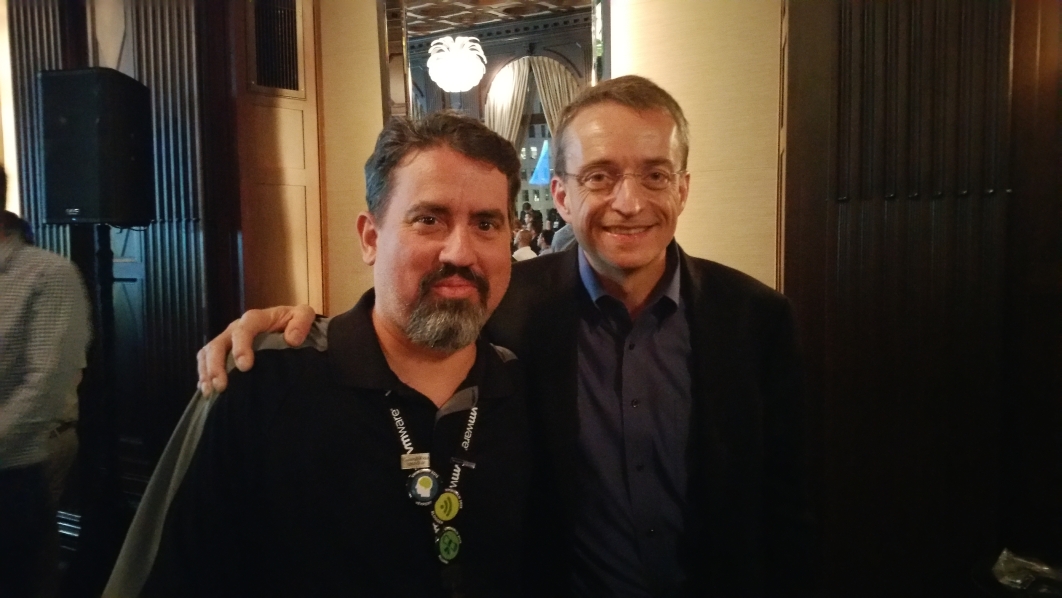It’s been a while since I last reported on the customer telemetry data that we capture to track VVol adoption with 3PAR customers and wanted to provide an update. Before I share that I want to relay what I’ve seen and heard around VVols adoption in general.
VVols adoption is trending upward, our data confirms this and VMware confirms this as well. VMware can track some basic VVol stats via their vCenter analyst cloud functionality and the data I’ve seen that was shared to me by VMware definitely shows VVol adoption trending upwards. Adoption seems to trending up faster in the last year based on several factors:
- More customers moving from vSphere 5.5 to vSphere 6.x were VVols is supported
- The release of vSphere 6.5 which including the missing VVol replication functionality
- Better partner support for VVols as partners build out their solutions and increase scalability
- Better customer awareness of what VVol’s is and the benefits that VVols provides
Now before you get excited when I say trending upward there is still a very small percentage of the VMware install base currently using VVols, VMware estimates around 2%. However the usage trends have sharply up-ticked in the last year compared to the year and a half prior to that since the initial VVols release when adoption was almost non-existent. I fully expect that to continue to accelerate going forward as more customers start using it. So while adoption is on the rise which is a good sign I realistically don’t expect it to reach the tipping point of being the majority of what customers use (>50%) for several years.
As far as the development of VVols goes from a VMware perspective the VASA specification is basically feature complete. The roadmap for VVols is mostly minor enhancements and a lot of the under the covers optimization and support for things like in-band binding. Some of the other VMware product teams have some work to do to improve VVols support (-cough- SRM -cough-) but for the most part VVols is done. Partners have everything they need to build out their VVols solutions however they see fit based on the VASA framework and that really is the main inhibitor to VVols adoption, partner readiness with their VVols support.
So now on to the tracking data on 3PAR, this is an update since my last post on VVols adoption in January 2017 and a comparison from January 2016 to September 2017.
| Jan 2016 | Jan 2017 | Sept 2017 | |
|---|---|---|---|
| Systems running VVols | 46 | 258 | 361 |
| Systems with < 10 VVols | 36 | 111 | 165 |
| Systems with 11-50 VVols | 5 | 51 | 71 |
| Systems with 51-100 VVols | 3 | 11 | 35 |
| Systems with 100+ VVols | 2 | 43 | 90 |
| 1st largest customer (by # of VMs) | N/A | 1,457 VVols/576 VMs | 2,656 VVols/727 VMs |
| 10th largest customer (by # of VMs) | N/A | 477 VVols/169 VMs | 944 VVols/216 VMs |
As you can see from Jan. 2017 to Sept. 2017 VVols adoption has picked up and their are a good number of customers running it full scale (100+ VVols) in their environments. There also are some pretty significant size VVol deployments which is encouraging to see as the benefits that VVols provides are amplified the larger your vSphere environment is. I’ll be anxious to see what the data looks like 6 months from now as VVol adoption is only going to drive upward, however at what pace is yet to be seen. As partners continue to improve their VVol feature support and increase scalability it will help accelerate adoption going forward. The future for VVols looks bright and I look forward to the day when VMware finally retires VMFS and storage management is all policy based.
To learn more about VVols here our a few recent posts I did on various VVols topics:





